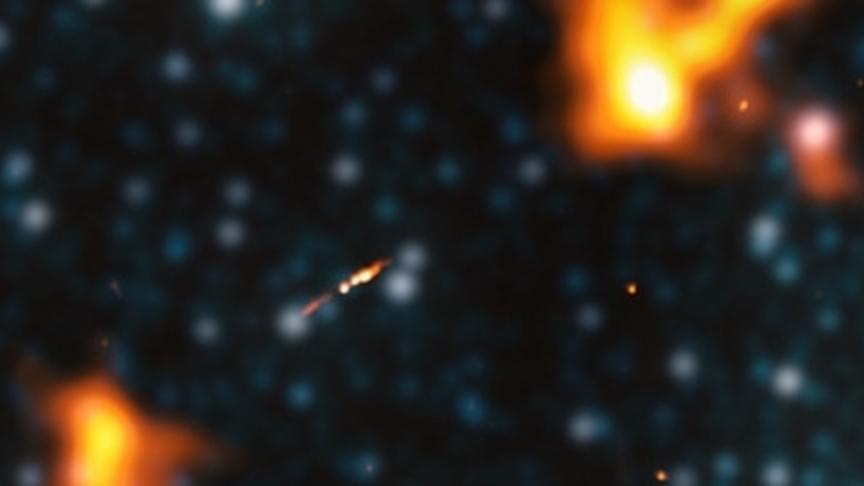
Get the latest international news and world events from around the world.

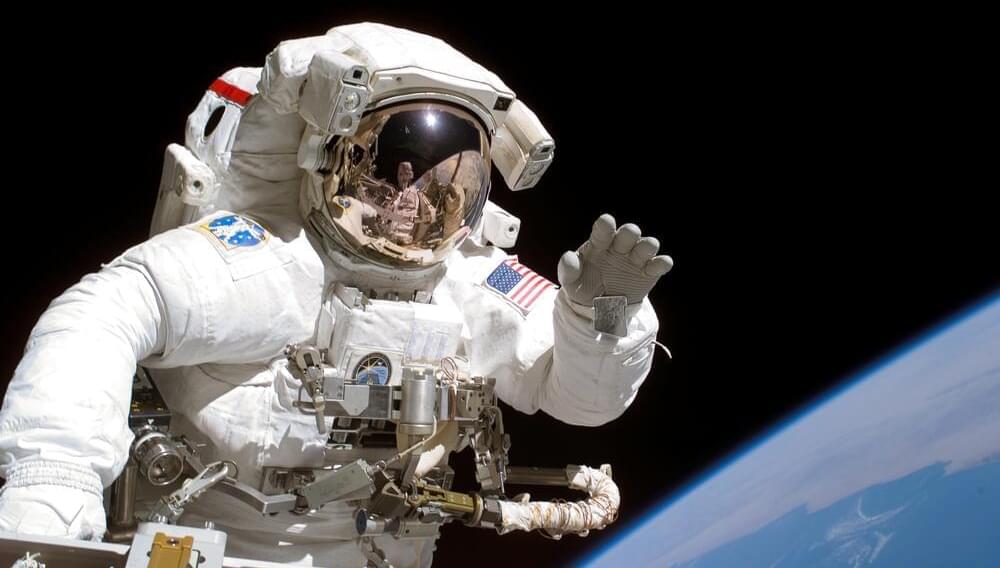
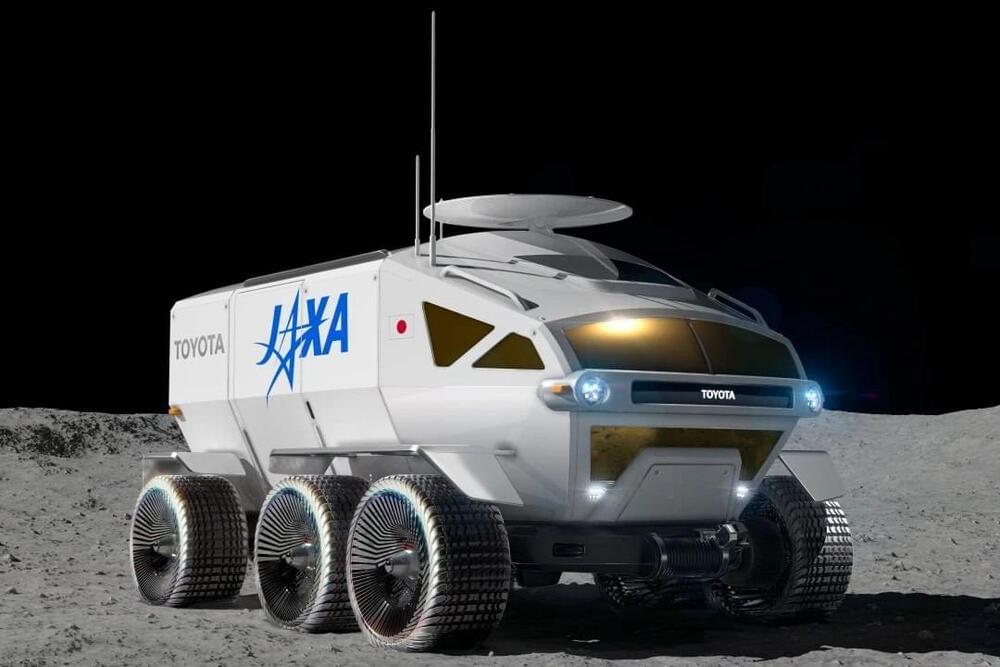
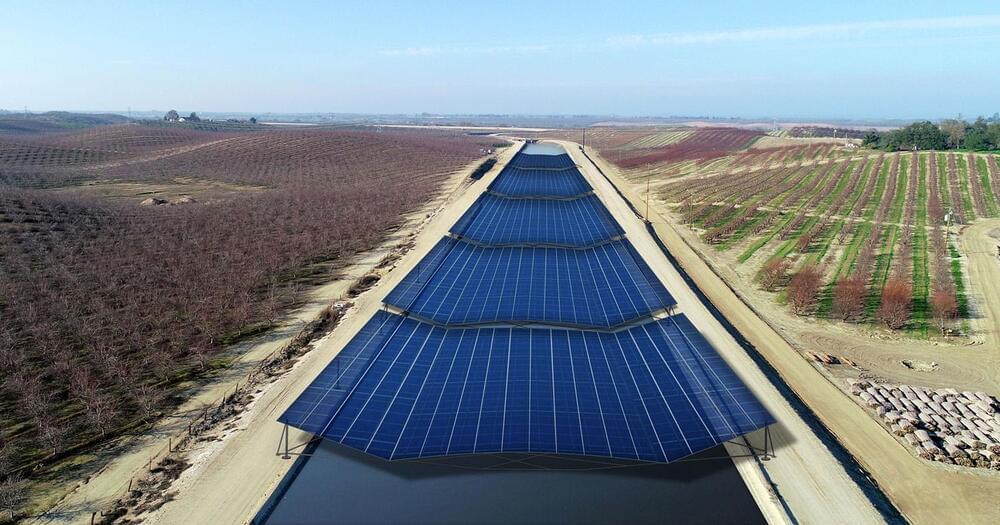
Solar canals could generate 13GW of energy annually for California
Turlock Irrigation District (TID) has announced Project Nexus, a pilot project to build solar panel canopies over a portion of TID’s existing canals to operate and research how water-plus-energy can meet California’s needs for climate resiliency.
The Project Nexus could contribute to a more water resilient future for California and position the State to meet its ambitious clean energy goals. The Project will assess the reduction of water evaporation resulting from mid-day shade and wind mitigation; improvements to water quality through reduced vegetative growth; reduction in canal maintenance through reduced vegetative growth; and generation of renewable electricity.
The inspiration for Project Nexus comes from the concept presented in a recent study conducted by researchers at the University of California, Merced, and UC Santa Cruz, which found many advantages to mounting solar panels over open water canals. The study showed that covering the approximately 4,000 miles of California canals could save 63 billion gallons of water annually. This amount of water could be used to irrigate 50,000 acres of farmland or meet the residential water needs of more than 2 million people.
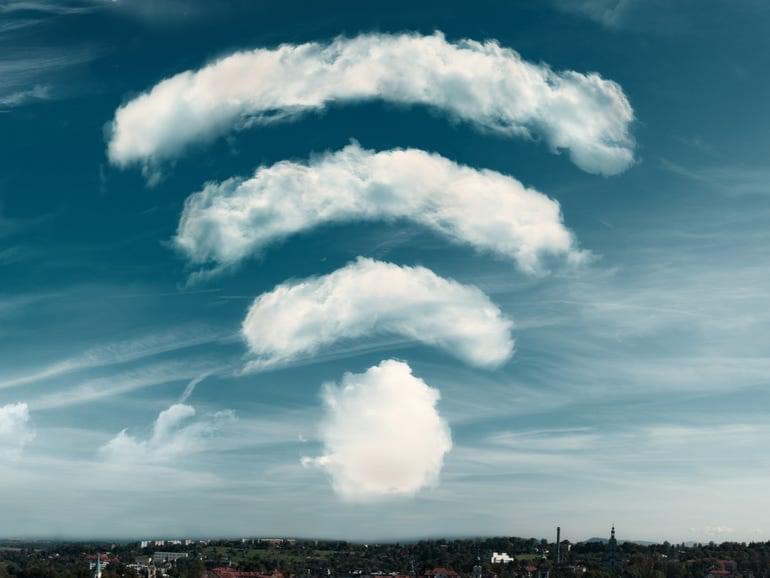
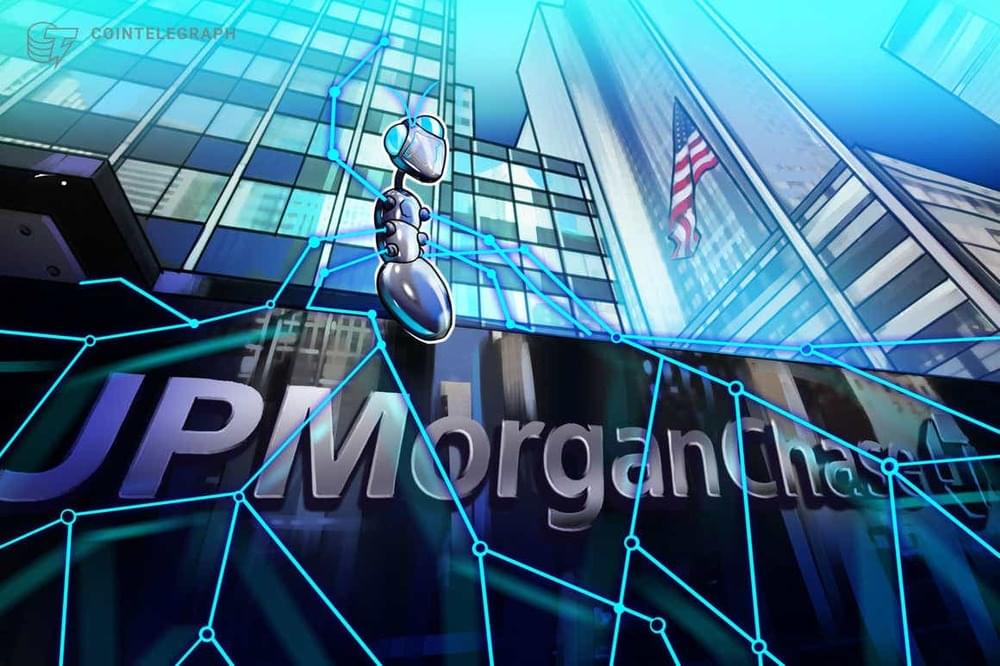
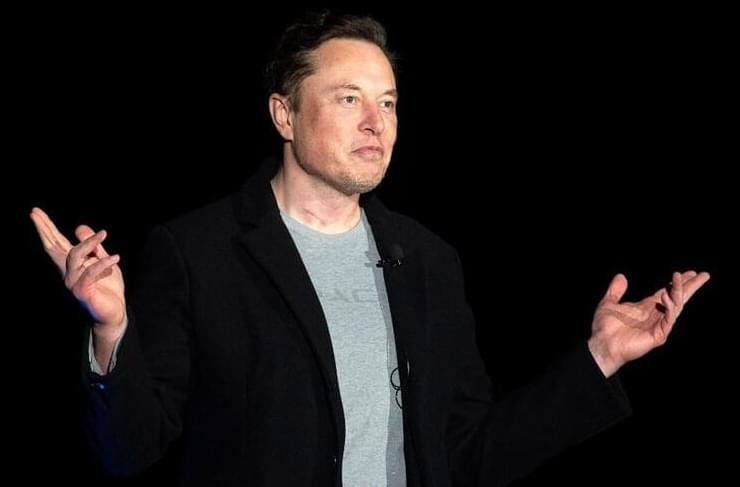
Elon Musk gave a mysterious $5.7 billion donation weeks after he dared the UN to show him its plan for solving world hunger
The UN World Food Program executive director David Beasley said global elites should step up, and that $6 billion would help feed people at risk of starvation.
Virgin Galactic announced on Friday that Chairman Chamath Palihapitiya is stepping down from the space tourism company’s board of directors.
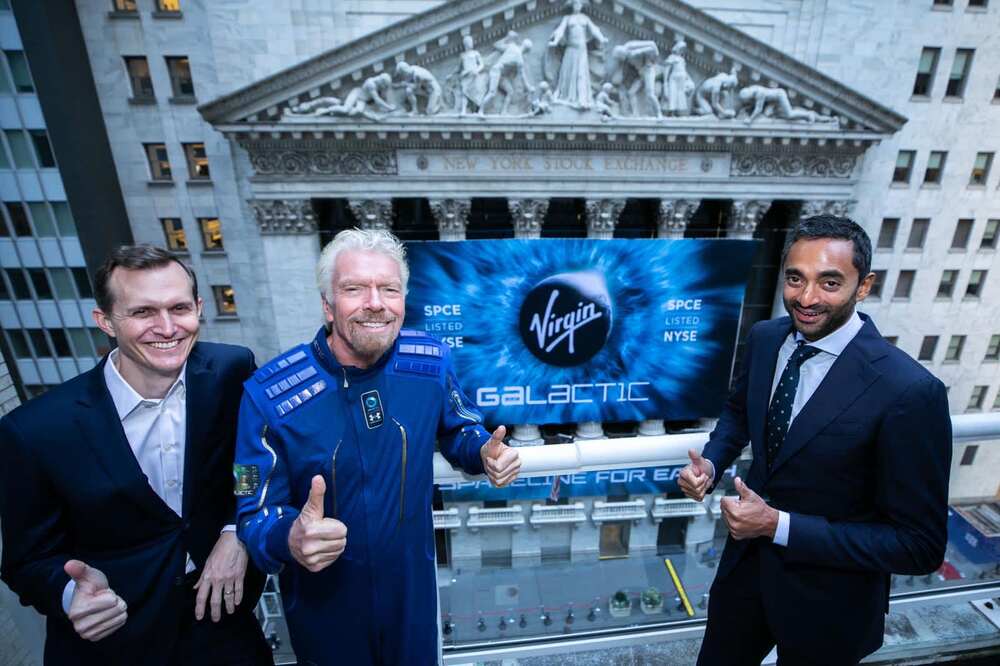
Chamath Palihapitiya, who took Virgin Galactic public, steps down from space company’s board
Virgin Galactic announced Friday that Chairman Chamath Palihapitiya is stepping down from the space tourism company’s board of directors, effective immediately.
Palihapitiya’s SPAC, or special purpose acquisition company, took Virgin Galactic public in October 2019. The company’s stock has experienced volatile trading since then – climbing above $60 a share in the months ahead of Sir Richard Branson’s test spaceflight, but recently falling back below its public debut price with the beginning of commercial service delayed more than two years from what the company forecast.
The now-former chairman sold his personal Virgin Galactic stake in early 2021 that was worth over $200 million at the time. But Palihapitiya indirectly owns about 15.8 million shares through Social Capital Hedosophia Holdings.